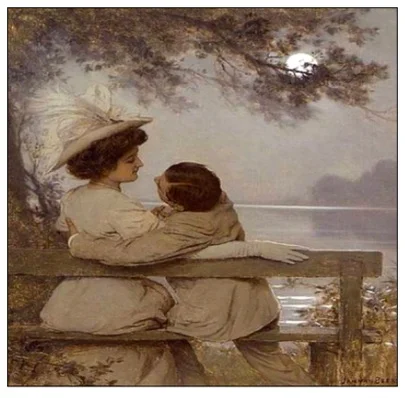Wildlife Sightings This Week: August 16-29, 2019
The Beginnings of Fall Migration
Since the Swarthmorean was on break and did not publish last week, this week’s report covers a two-week period, which came in like summer and closed with a hint of fall in the air. And this week’s sightings, including common nighthawks, red-eyed vireos and (gasp!), a bald eagle, all evidence that fall migration is officially underway. In coming weeks, look for dozens of warblers and other migrating bird species to pass through our community on their way to warmer climes. The best time to look for migrating birds is the first few hours of daylight, since many species migrate during the cool of nighttime, and then feed for a few hours before sleeping away the remainder of daylight hours.

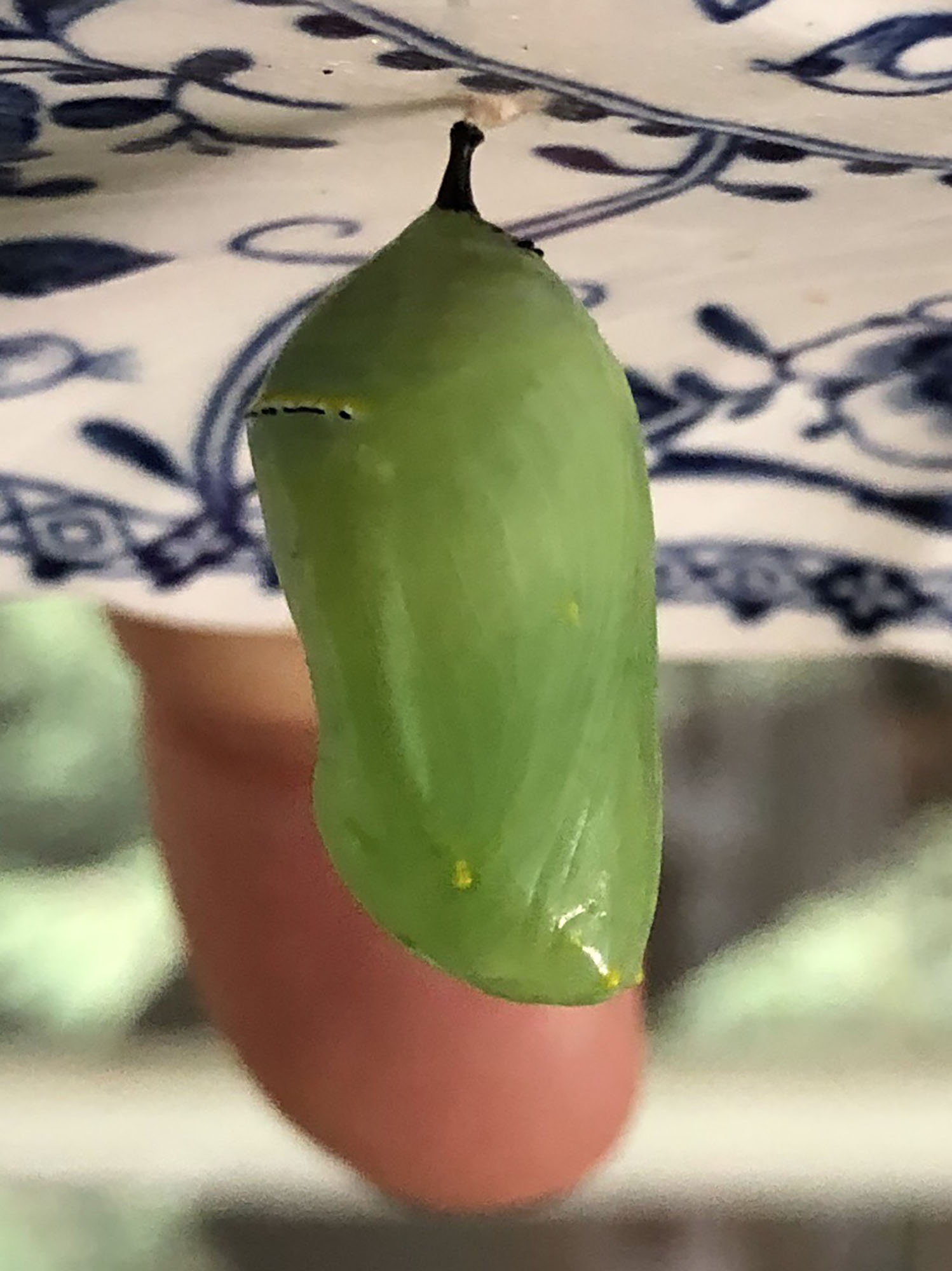
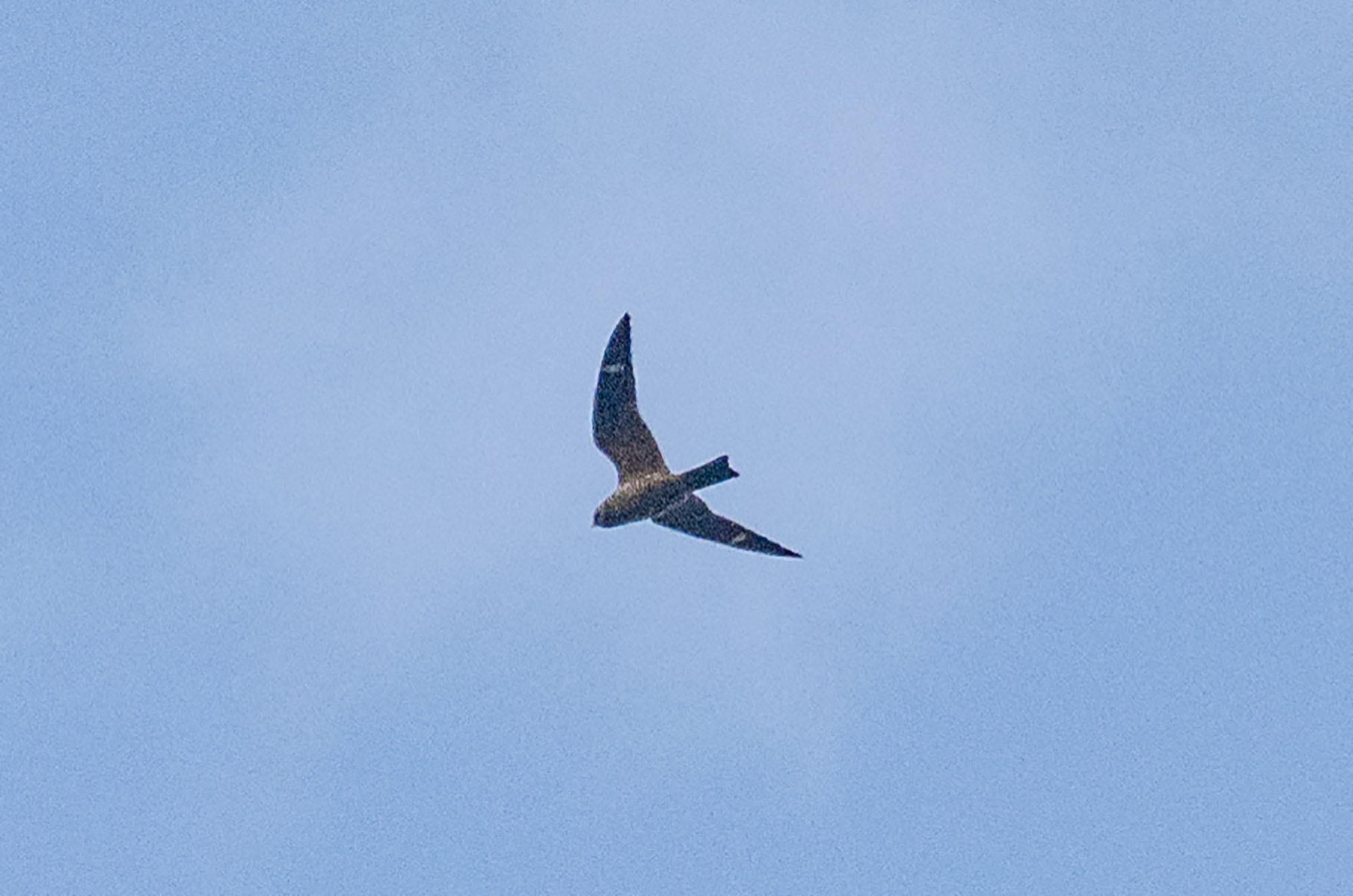
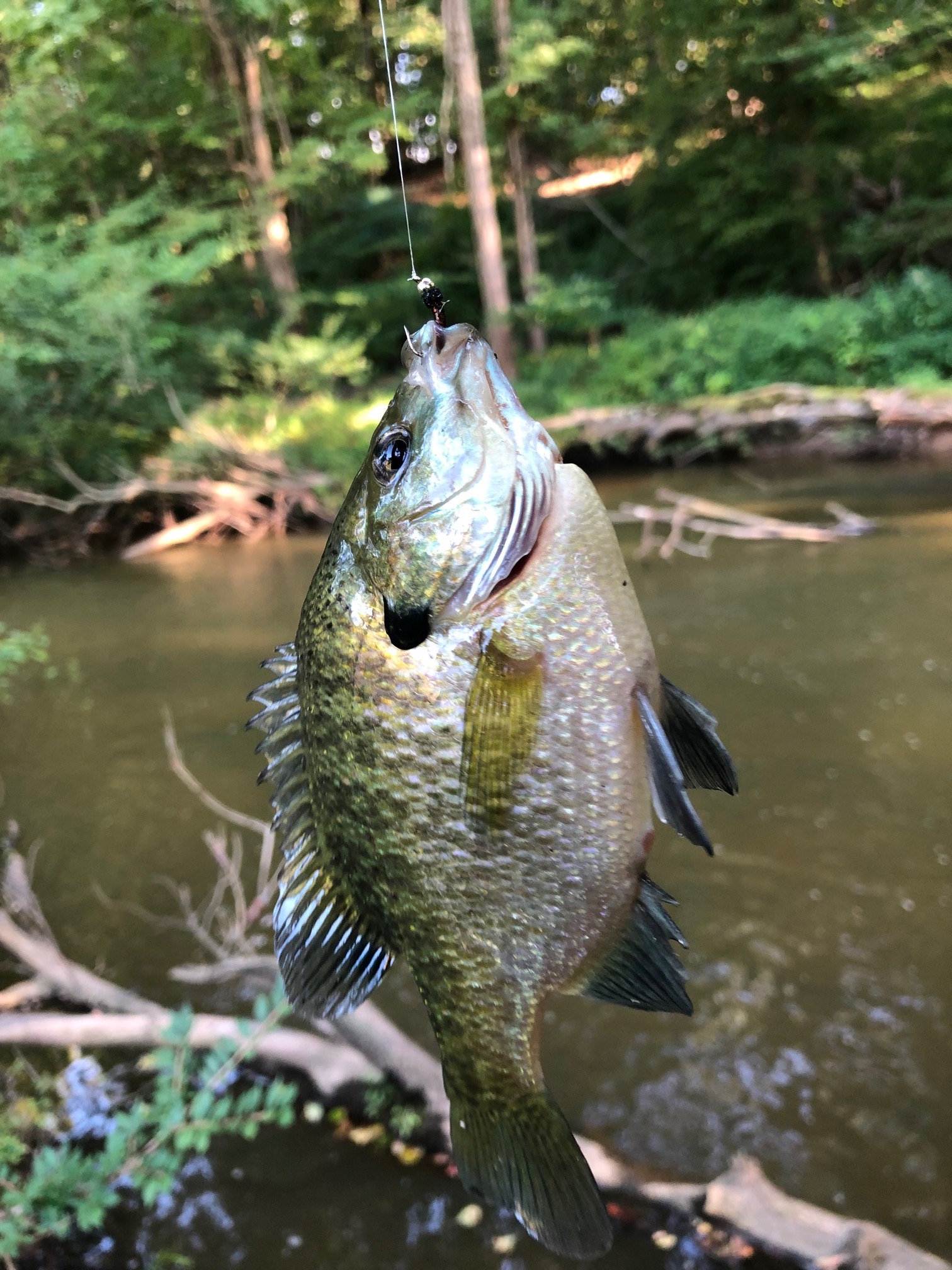

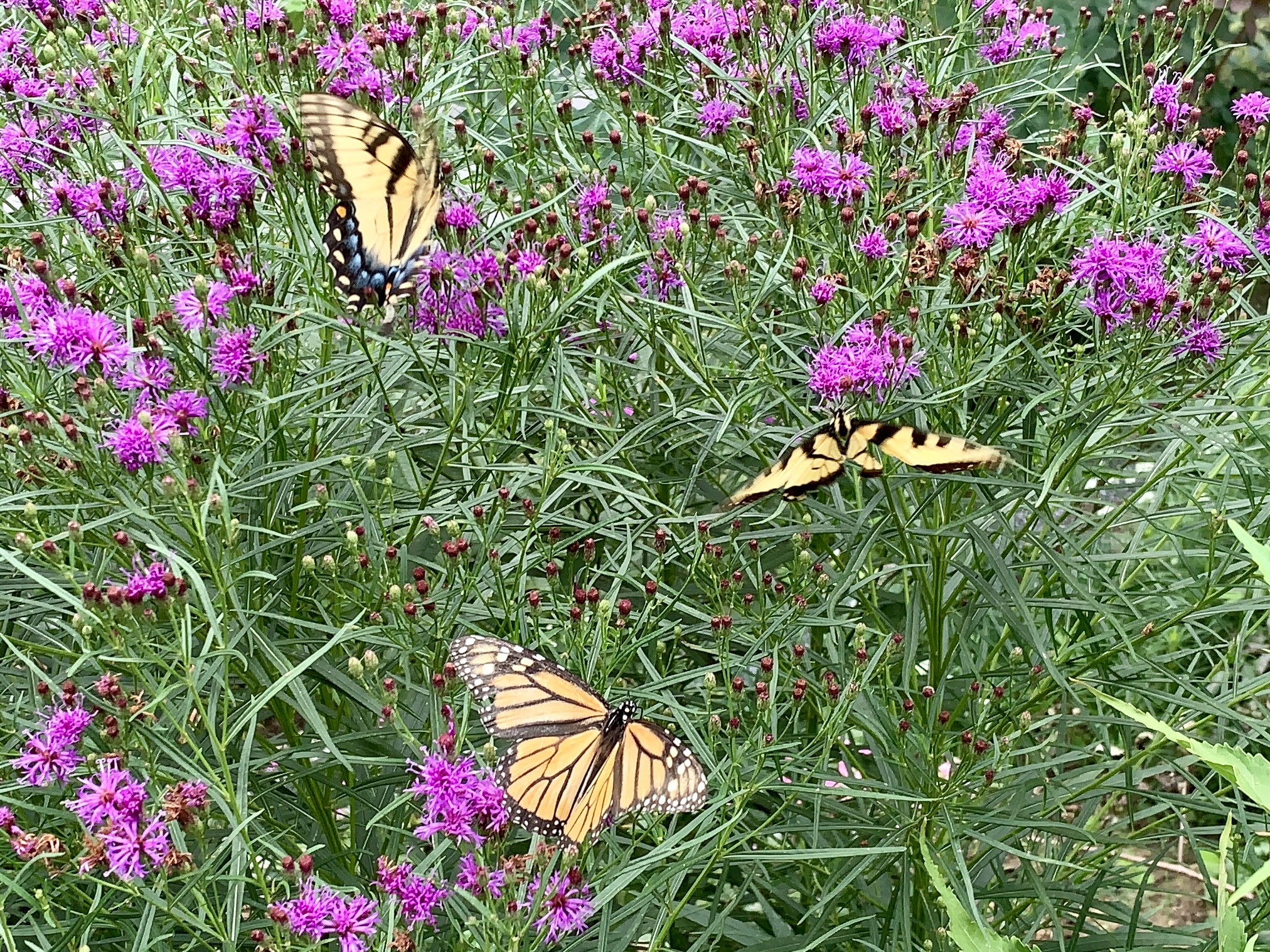
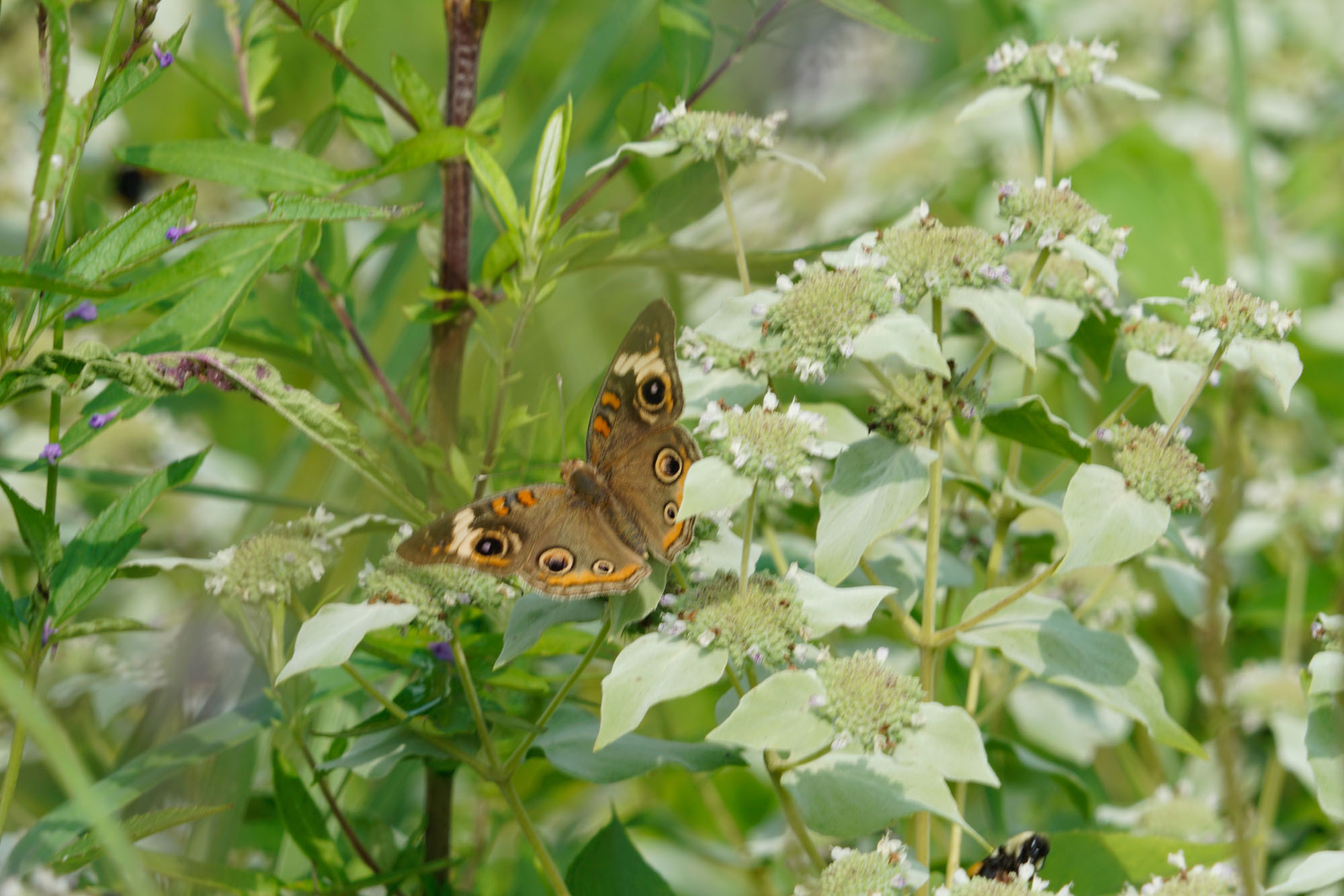
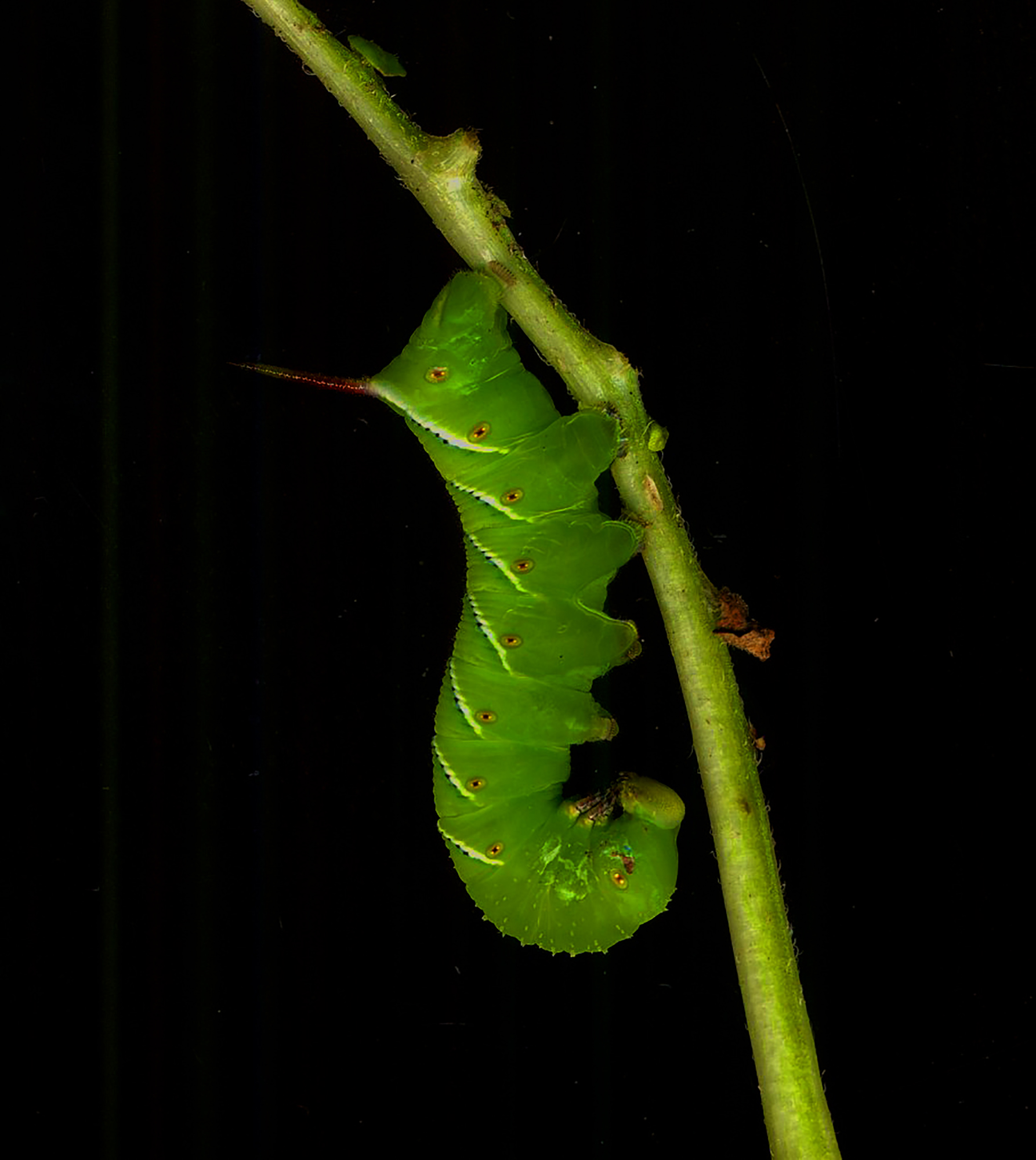
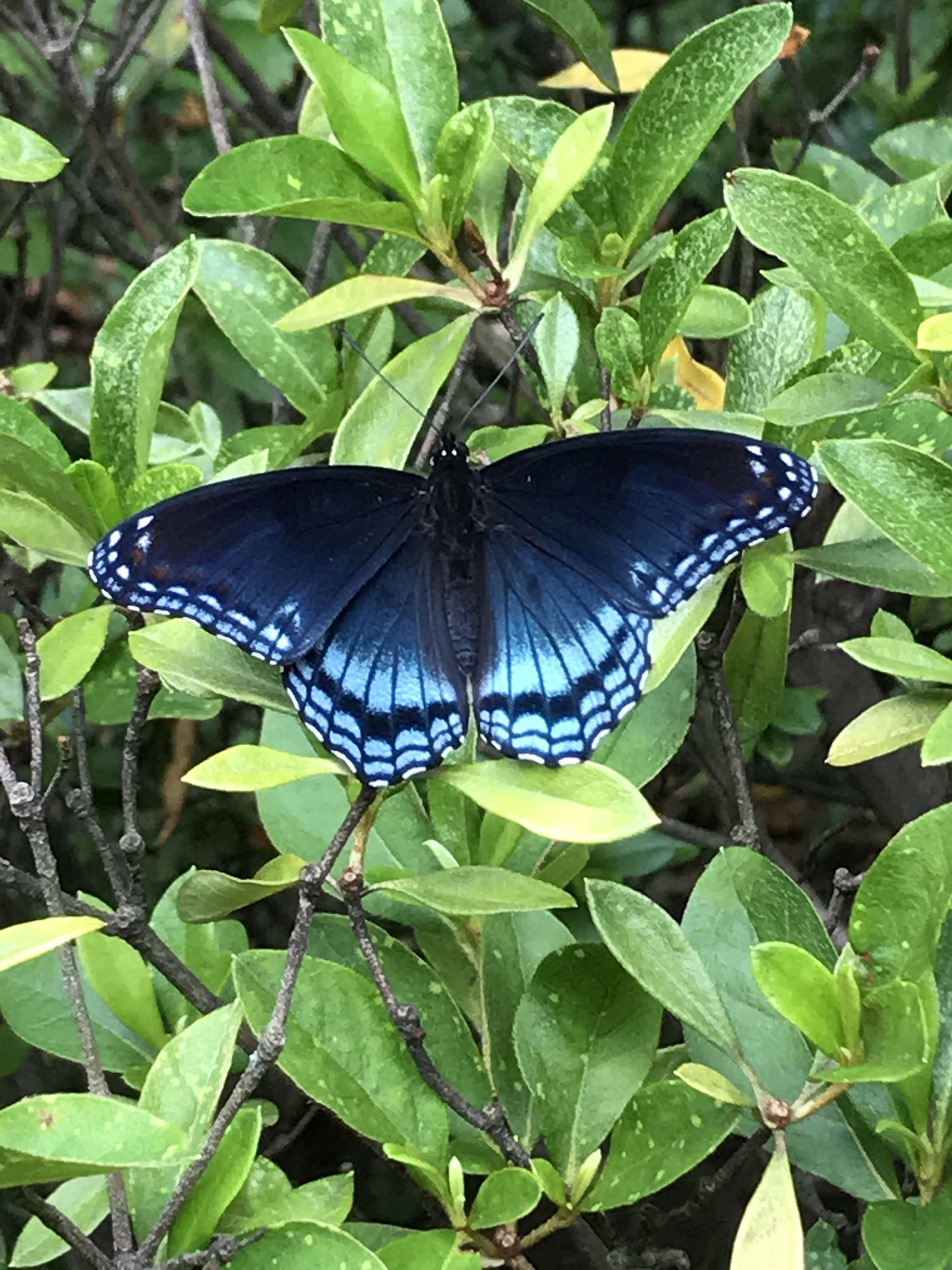
My sightings: a wood duck at Crum Creek Reservoir; a pileated woodpecker flying over my house; painted turtles in Crum Creek and a Northern flicker in the Crum Woods; recurring Eastern screech owl calls (heard from my window); and a half dozen red-eyed vireos streaming through my yard on Monday morning.
Chris Schmucki submitted a photograph of a bald eagle taken in his Rutgers Avenue backyard on August 20. His father Ross Schmucki said “The eagle was in our backyard this morning ... for about 10 minutes... . He/she stood in the lawn just looking around, bending his/her neck … it walked under a beech tree in the shade, then eventually flew away.”
Dave Eberly of Swarthmore saw four common nighthawks fly over the 100 block of South Princeton Avenue just before sunset on Saturday, August 17. Their migration to wintering grounds in South America usually peaks during the third and fourth weeks of August and tapers off rapidly in early September. Nighthawks are not raptors, but nightjars like whippoorwill and chuck-will’s-widow. They are seen most often during the hour before and shortly after sunset. Dave said: “Nighthawk flight is often erratic, like a bat. They have long very pointy wings sharply angled back at mid-wing. ... Nighthawk wing beats are deep and the wings are held raised in a V shape during a glide. A distinctive feature of nighthawks is the vertical bars on the wing. They can be seen pretty easily with the naked eye but are best seen with binoculars.” Dave also submitted some dawn photos of the beavers in Crum Creek.
David Henderson of Swarthmore checked in on the beavers on August 17. They were in the usual spot; they seem to like the shelter of the fallen tree. He said “I also saw a [belted] kingfisher and a red-tailed hawk during my walk and spotted several large bluegills trying to take a cicada that was struggling on the surface of the water. Their mouths were just too small, but they sure were trying.”
Susan Smythe reports recurring eastern screech owl calls in the vicinity of Cornell and Harvard avenues.
Molly Scott of Swarthmore saw a great blue heron on Crum Creek in the Crum Woods.
Carol Savery of Wellesley Avenue in Swarthmore reports that a groundhog has been climbing fences between backyards abutting her property in search of low-hanging tomatoes.
Judy Politzer submitted a photograph of a red-spotted purple butterfly taken near Bryn Mawr Avenue.
William Menke of Swarthmore said: “We do not have tomatoes (deer candy), but this tomato hornworm ate all the leaves on one of our potato plants.”
Jonathan Hodgson submitted a triptych of butterfly photographs taken in the Crum meadow. He said: “The college meadow is a great place for butterflies. Here are a sulphur, a monarch and a buckeye.” The photos were taken Sunday morning, August 18.
Erum Hartung of Swarthmore submitted a photograph of a monarch and two eastern tiger swallowtail butterflies all feeding from the same flowers in her yard.
Jim and Susan Audley of Rose Valley planted milkweed in their garden, and now are raising six chrysalises indoors to give them a better chance to survive.
Please send your sightings and any photographs or videos to rscott@robertwscottpc.com or complete the web form below.


